Clinton Versus Trump: The Auto Industry
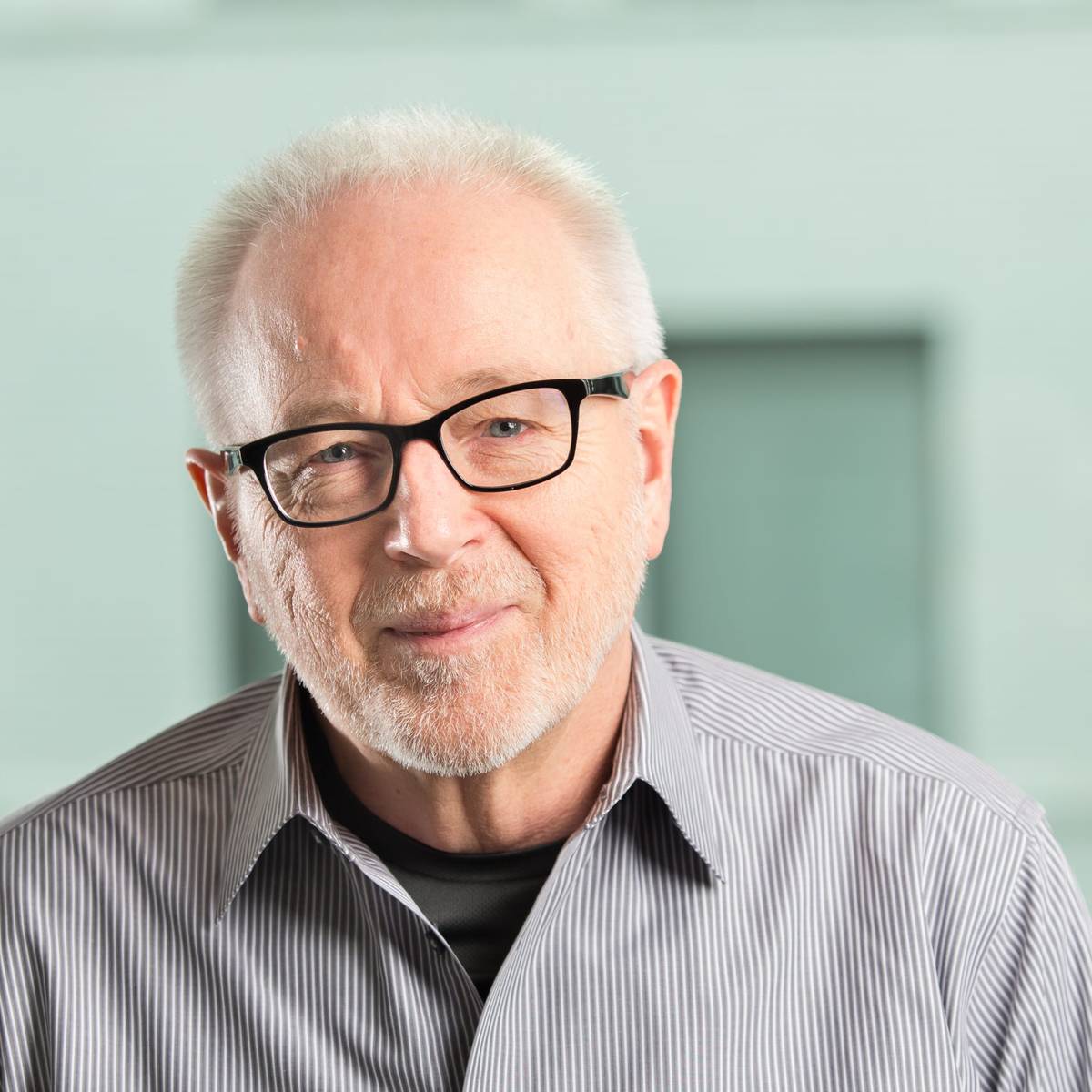
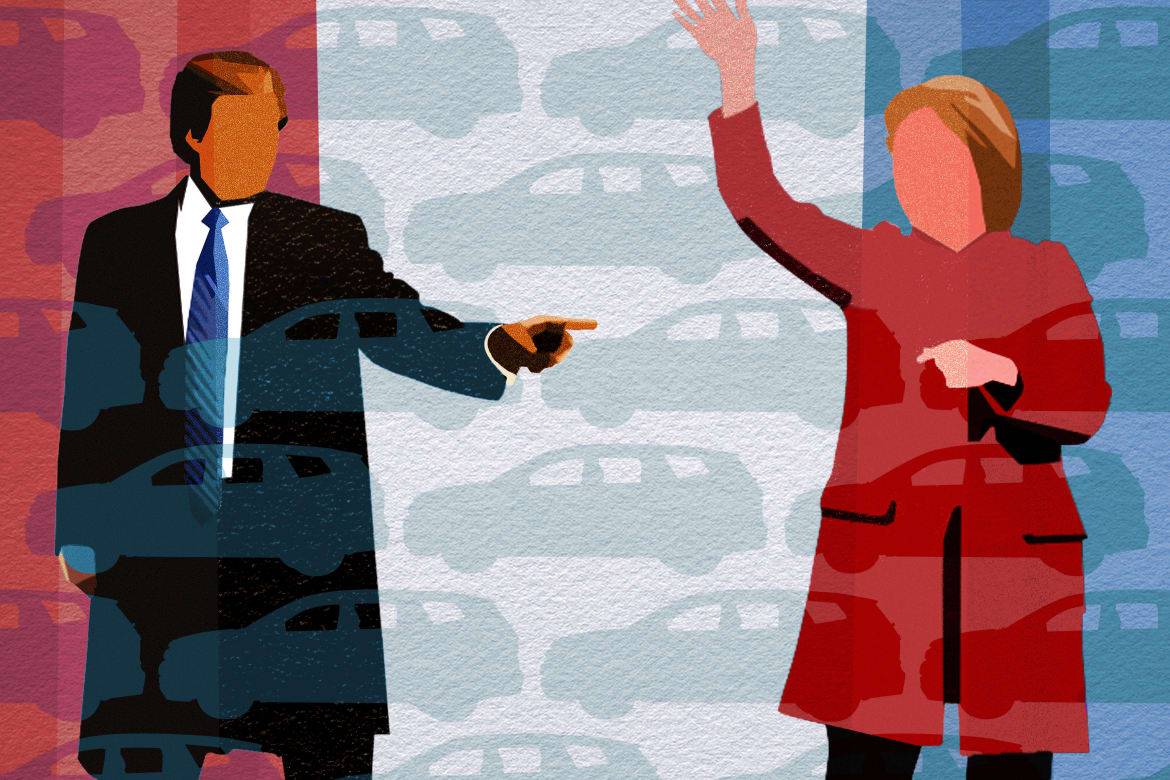
CARS.COM — The U.S. auto industry has been in the spotlight during the 2016 presidential campaigns, starting with the primaries. The hottest issue has not been about what automakers produce but where, thanks to the debate over free-trade deals including the North American Free Trade Agreement and the pending Trans-Pacific Partnership.
Related: Ten Cars You Can Buy in North America, But Not the U.S.
Issues in previous elections, such as the industry bailout, have gotten passing mention, but attention this year has focused more on the larger issues of trade deals and their effects on jobs. How the debate plays out could affect car prices and choices for American buyers.
The candidates don’t entirely disagree. Both have said there are flaws with the NAFTA agreement, which has allowed a free flow of goods among the U.S., Mexico and Canada since 1994, and the TPP, a proposed deal to lower trade barriers among the U.S. and 11 nations: Australia, Canada, Japan, Malaysia, Mexico, Peru, Vietnam, Chile, Brunei, Singapore and New Zealand.
Republican Party candidate Donald Trump has made trade deal fairness a campaign centerpiece and says current deals have exported U.S. jobs. But Democrat Hillary Clinton also has called for trade-deal revisions as well as more protections for workers and the environment.
How could this affect consumers? In general, automakers are multinational corporations that stand to gain from mutually lowered trade barriers. This could mean potential gains for car buyers in lower prices (thanks to lower-cost production) and more choices (thanks to lower barriers to global products). One example is the 25 percent U.S. tariff on foreign-built trucks, which arguably has limited U.S. buyers’ choices since the 1960s.
Ford Becomes NAFTA Symbol
The 2016 trade debate is more nuanced for the auto industry than issues in the 2008 recession-era campaign, during which the U.S. auto industry was on the ropes and President George W. Bush began a government bailout. Nuanced in 2016, that is, unless you are Ford Motor Co. While Clinton has talked more in general terms, Trump has zeroed in on Ford as his symbol of what he sees as a NAFTA-spurred migration of jobs to Mexico. That came in part because Ford announced on April 5 that it would spend $1.6 billion on a new plant in Mexico.
Ford Executive Chairman Bill Ford said in a recent speech reported by Reuters that he found Trump’s criticism “infuriating” and added, “We should be celebrated, I think, in some ways as the great American car company. We make more cars and trucks here than anyone else.”
Bill Ford also revealed that he had met face-to-face with Trump. But the candidate has not backed off, and Ford poured some gasoline on the issue in September by announcing it would move all U.S. small-car production to Mexico.
Ford and the United Auto Workers emphasized that its new plant would cost no U.S. jobs at existing U.S. plants. Nonetheless, the new plant and its expected 2,600 new jobs will be in Mexico, which has captured nine of the last 11 auto assembly plants built in North America since 2011, according to the Center for Automotive Research. And Mexico’s appeal goes beyond lower wage and environmental costs to include its 12 free-trade deals with 46 countries that CAR says makes its products 47 percent of the world auto market.
Here, from the 2016 candidates’ remarks and policy papers, is where they stand on cars:
Free Trade Agreements
Clinton has said revisions to NAFTA are needed and that she does not support the TPP in its current form because of weaknesses. She also has spoken favorably of those trade deals in the past and has faced charges of inconsistency from Trump.
Clinton also reportedly spoke in favor of free trade in a 2013 paid speech to a Brazilian bank, according to documents recently posted online by hacker collective WikiLeaks that it said come from the email account of Clinton campaign chairman John Podesta. Clinton officials contacted by the New York Times did not confirm or deny their accuracy. According to the documents, Clinton told a Banco Itaú audience, “My dream is a hemispheric common market, with open trade and open borders.”
Overall on trade, Clinton says in position papers that she will “prevent countries like China from abusing global trade rules and reject trade agreements, like the TPP, that don’t meet high standards.”
Trump has vehemently attacked NAFTA as unfair, including threatening to impose up to a 35 percent tariff on vehicles from Mexico, though it is unclear how he could do so. He also has said he would pull out of NAFTA if he could not get better terms. In an economic address in August at the Detroit Economic Club, Trump said his trade reform plan “includes a total renegotiation of NAFTA, which is a disaster for our country. A total renegotiation. And if we don’t get a better deal, we will walk away.” But he also did not reject trade deals, saying in the speech, “Trade has big benefits. And I am in favor totally of trade. But I want trade deals for our country that create more jobs. … Isolation is not an option.”
As for the TPP, according to comments on his campaign website: “There will be no Trans-Pacific Partnership.”
Emissions and Fuel Economy Regulations
Emissions and fuel economy rules for model years 2022 through 2025 are under review, with a preliminary decision due in 2017 and a final decision due April 1, 2018.
Clinton promises no relaxing of the rules but also does not suggest huge expansion. According to her briefing papers, she would “defend, implement, and extend smart pollution and efficiency standards, including … standards for cars, trucks and appliances that are already helping clean our air, save families money and fight climate change.”
Trump is generally against what he sees as over-regulation without directly addressing autos and promises “a temporary moratorium on new agency regulations.” He says he would “require each federal agency to prepare a list of all of the regulations they impose on American business, and rank them from most critical to health and safety to least critical. Least critical regulations will receive priority consideration for repeal.” His campaign manager says he also does not believe climate change is man-made.
Roads and Bridges
The candidates agree on the need for U.S. infrastructure repair and upgrades, though each has proposed less than the $3.6 trillion the American Society of Civil Engineers estimated is needed by 2020.
Clinton has promised a $275 billion, five-year plan to rebuild U.S. infrastructure that she will work to pass in her first 100 days of office. She says the plan will include repairs that will “improve our roads, reduce congestion, and slash the ‘pothole tax’ that drivers silently pay each and every day.”
Trump promised in an interview to “at least double” Clinton’s spending proposal.
The Auto Industry Bailout
Clinton believes it was right to do and attacked Sen. Bernie Sanders over it in the primary debates, implying somewhat inaccurately that he was against it in the Senate.
Trump was ambivalent at a press conference before a primary speech in Michigan, according to the Washington Post. “You could have let it go bankrupt, frankly, and rebuilt itself, and a lot of people felt it should happen. Or you could have done it the way it went. I could have done it either way. Either way would have been acceptable. I think you would have wound up in the same place.”
Organized Labor
Clinton has the endorsement of the UAW and said this year, “I’ve always believed that when unions are strong, families are strong and America is strong.” She promises to “restore collective bargaining rights for unions.”
Trump has not been as critical of unions as a more typical conservative candidate might be. He did suggest in an interview with the Detroit News that U.S. automakers could shift some production away from Michigan to U.S. areas where autoworkers would make less, but he did not explain how that would happen. While some non-union, foreign-owned plants in other states have lower wages, U.S. makers’ UAW hourly workers would not.
What They Drive (or Don’t)
Clinton told a National Automobile Dealers Association meeting in 2014 that she hasn’t driven a car since 1996. And she isn’t likely to, thanks to lifetime Secret Service protection for former presidents and first ladies.
Trump, a wealthy New Yorker, also is no stranger to being driven. But he has had fancy cars; a 1997 Lamborghini Diablo he once owned was recently offered for sale by the current owner on eBay.
Why These Debates Matter
History shows that no matter how the rest of 2016 plays out, the winner could end up having a big impact on what and how we drive. Past presidential milestones include interstate highways (Dwight Eisenhower), the first safety regulations and the 25 percent tariff on trucks (Lyndon B. Johnson), federal emissions rules and the 55-mph speed limit (Richard Nixon), fuel economy rules (Gerald Ford), the first Chrysler bailout (Jimmy Carter), the most recent industry bailout (George W. Bush and Obama), and greatly ramped-up emissions and fuel economy rules (Obama).

Former D.C. Bureau Chief Fred Meier, who lives every day with Washington gridlock, has an un-American love of small wagons and hatchbacks.
Featured stories
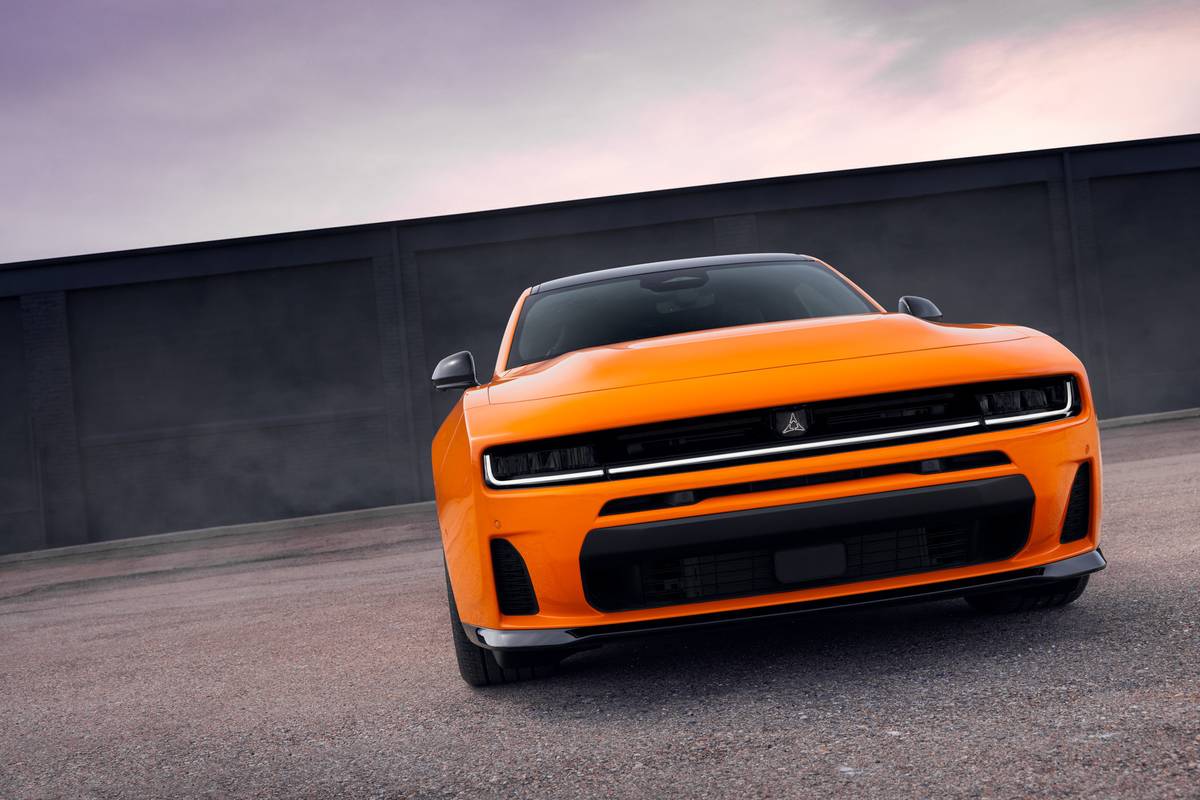
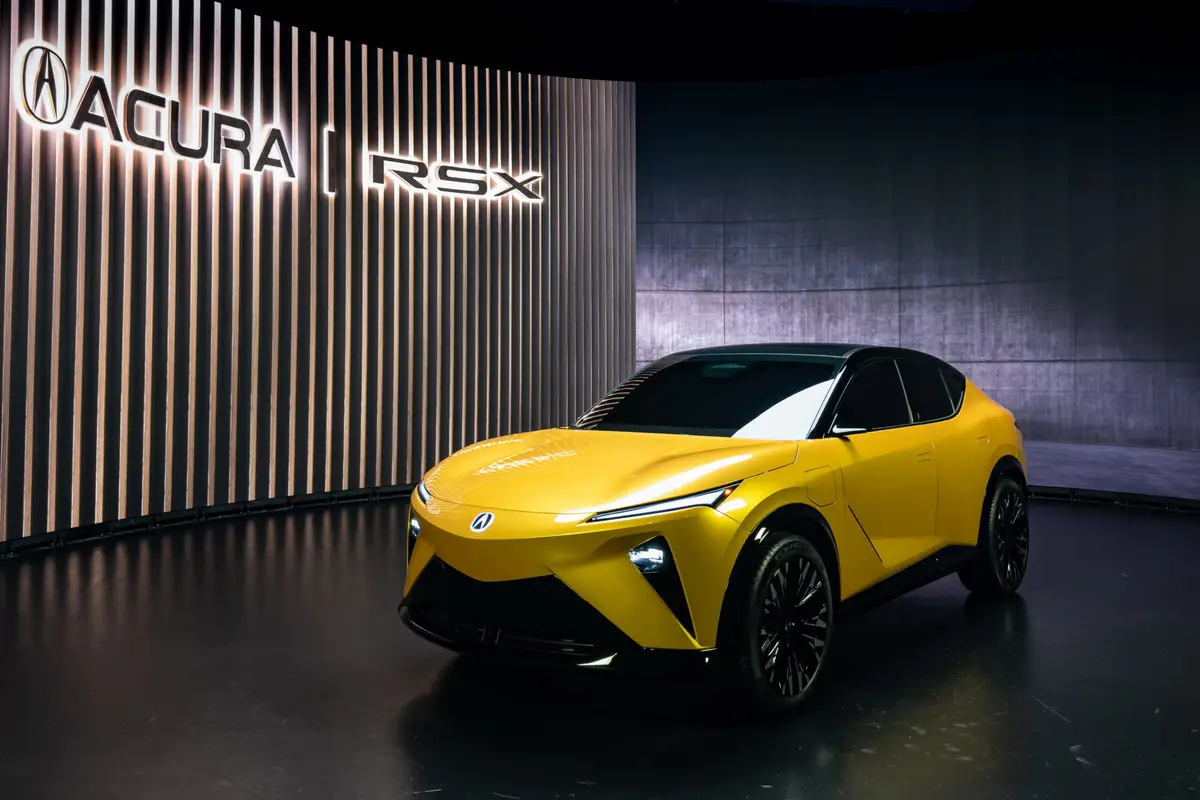
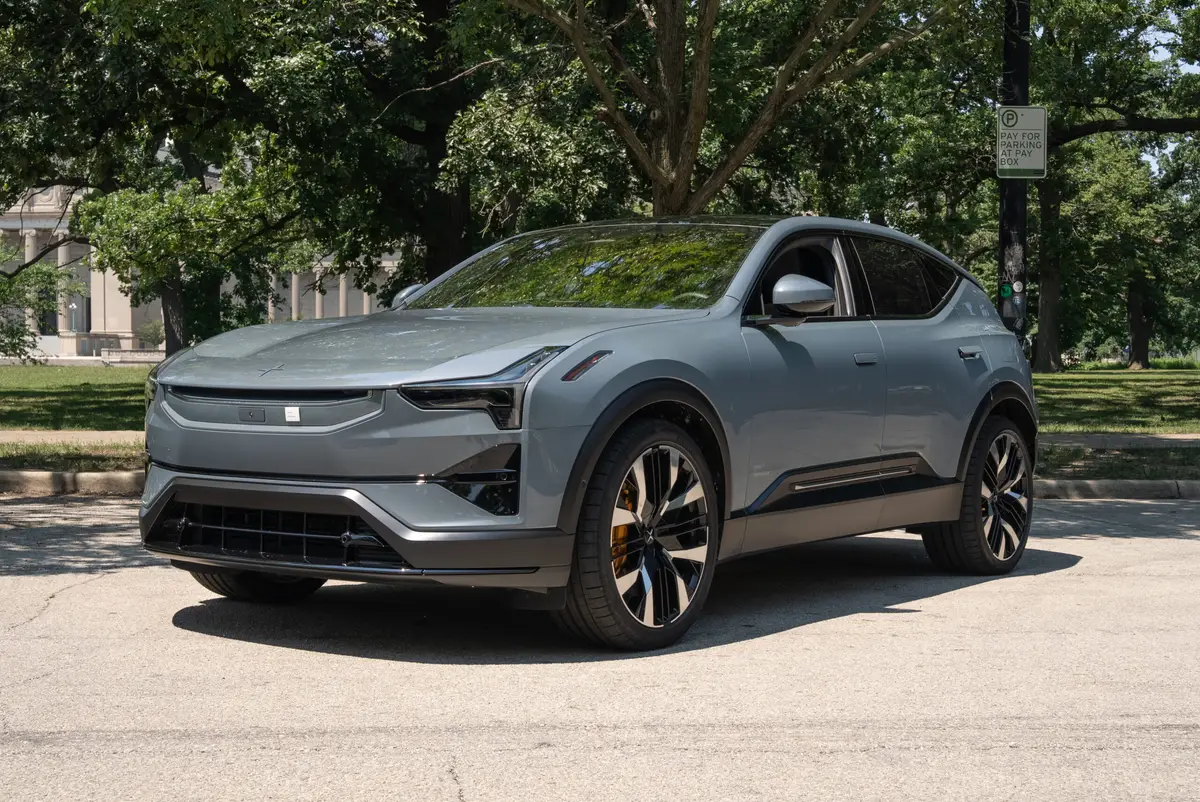
2025 Polestar 3 Review: Understated Electrified Luxury

